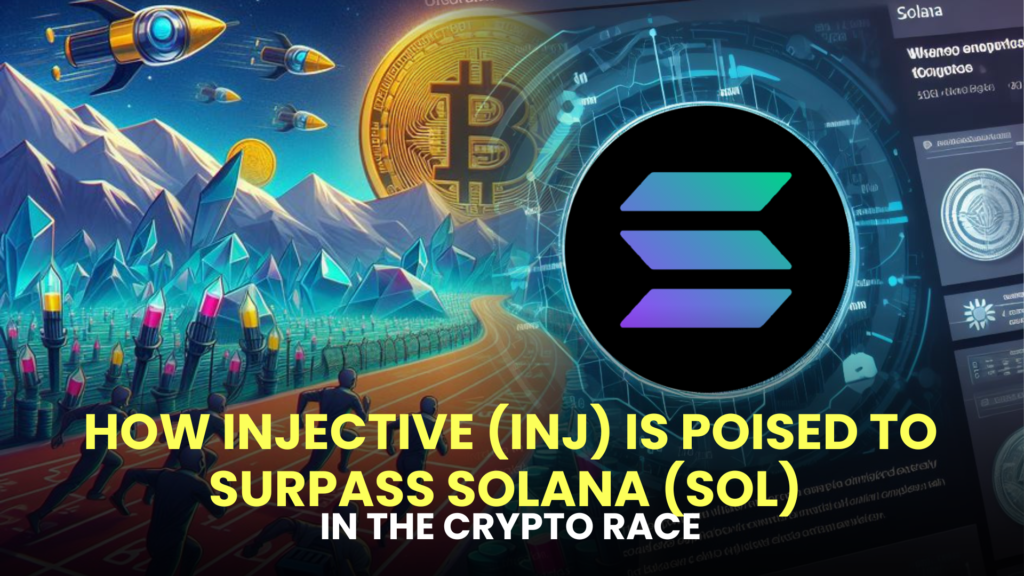Solana’s Recent Surge and Competitors
Solana has gained significant attention over the past few months, experiencing a remarkable comeback from being valued under $8 a year ago to reaching a recent high of $121 for SOL. Currently, it holds the 5th position in terms of market capitalization, with a staggering 285% price increase in the last year.
However, the Layer 1 space is highly competitive, and one standout competitor is Injective. The INJ token surged by 1646% last year, hitting a new all-time high of $45.01 on January 9th. Notably, Injective now claims the title of the chain with the lowest transaction costs across all platforms. Let’s delve into what sets Injective apart and whether it has the potential to surpass Solana.
1) Gas Compression on Injective
Injective introduced Gas Compression on January 19th, touted as one of the most significant technical breakthroughs. As a result, Injective now boasts the lowest transaction fees in the entire crypto space, surpassing Solana.
Comparatively, Injective’s transaction fee is $0.0003, a third cheaper than Solana’s $0.00045. This reduction benefits developers, users, and institutions, making actions like minting NFTs, high-frequency trading, lending, governance voting, and staking more cost-effective on the Injective platform.
- Minting 1,000 NFTs on Injective: $0.30 (100x cheaper than Ethereum, 5x lower than Polygon, and 50% cheaper than Solana)
- High-frequency traders can batch thousands of transactions into a block at the lowest available transaction cost.
On January 11th, Injective introduced the Volan upgrade, the largest update to their mainnet, enhancing scalability, reducing latency by up to 90%, expanding interoperability, and introducing novel burn capabilities for the INJ token.
2) Full Token Unlock on Injective
All Injective tokens are now unlocked, with the latest unlock event occurring on January 21st, unlocking 3.67 million INJ tokens ($130 million at current rates). Surprisingly, instead of a price decrease, the INJ price rose, signaling a positive response from the market.
Additionally, 49 million INJ tokens are already staked, constituting 60.6% of the current circulating supply. The deflationary nature of INJ, coupled with the 2.0 burn mechanism, contributes to increased staking participation and consistent deflationary trends.
Unlike Solana, Injective’s staking rewards come from inflation and other protocol incentives, showcasing a different approach to token economics. Injective burns around 15k INJ weekly, creating a deflationary effect, while Solana relies on an inflationary model with a lower staking percentage and rewards.
Conclusion
As of now, Injective holds the 31st position by market cap, while Solana is at spot #5. However, with its impressive features, stats, and bullish trends, Injective appears to be on a trajectory that could potentially surpass Solana in the future.


